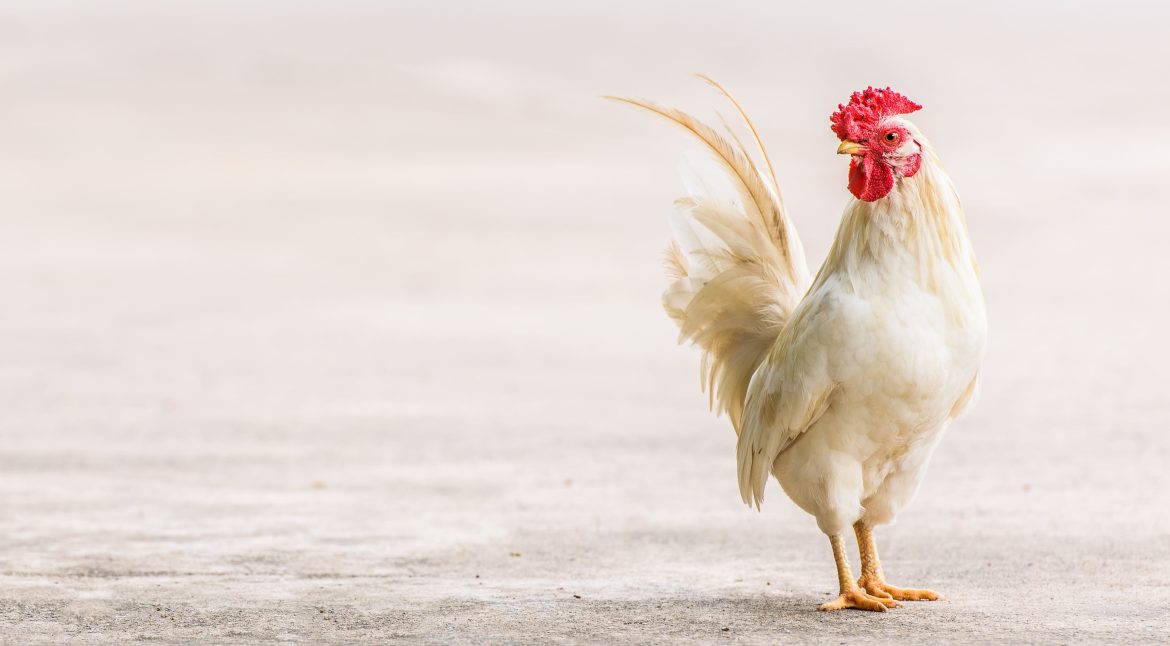Selection for accelerated growth rate and high breast yield in broiler chickens has been associated with carcass quality problems. By-products from olive oil mill processing are rich in bioactive substances, including polyphenols and triterpenes, with anti-inflammatory and antioxidant properties. Previous studies using a standardized olive pomace extract in broiler diets reported improvements in performance, gut integrity and carcass quality when animals were challenged. The present study aims to evaluate the effects of a standardized olive pomace extract (Luctalife OE poultry, OE, Lucta S.A., Spain) on performance and carcass quality in broiler chickens without any controlled challenge. A total of 992 1 d-old male Ross 308 chicks were housed in floor pens (62 birds/pen) until 41 d of age. Birds were randomly distributed in 2 treatments (8 pens / treatment): control (CON, withoutOE) and with OE (500 ppm, during all experimental period). In this study animals were not challenged. Body weight, average daily gain, feed intake and feed conversion ratio were recorded on weekly basis. At the abattoir 100 carcasses per treatment were evaluated for incidence and severity of myopathies (white stripping, WS; wooden breast, WB; spaghetti meat, SM), and other 16 carcasses per treatment randomly selected were used to determine general carcass quality traits and lipid oxidation evolution under high oxygen modified atmosphere during display for 12 days (TBARS). Performance data were analyzed using a mixed-effects model with repeated measures and incidence of myopathies analyzed using a non-parametric Wilcoxon test (SAS software, v.9.4). Carcass quality traits were analyzed with a General Lineal Model (SPSS 26.0). No differences in performance were observed between treatments. At slaughterhouse, a decrease in the incidence of total myopathies was observed in OE compared with CON (63% and 77%, respectively; P=0.03), and also OE tended to have a lower total incidence of WS than CON (55% and 68%, respectively; P=0.06). A significant treatment per display interaction was observed in lipid oxidation (P<0.01), where OE presented lower TBARS compared to CON after 4 days of display (0.049 vs 0.058 mg malondialdehyde/kg muscle, P<0.01). Under the current trial conditions, the use of OE improved carcass quality, reducing the incidence of myopathies and slowing down meat lipid oxidation at short display times.

Autores: Marta Blanch, Gemma Tedó, Leticia Mur, Raquel Berrocal, Fernando Bacha, Maria del Mar Campo
Libro/Revista: 26th World’s Poultry Congress Book of abstracts 2022
